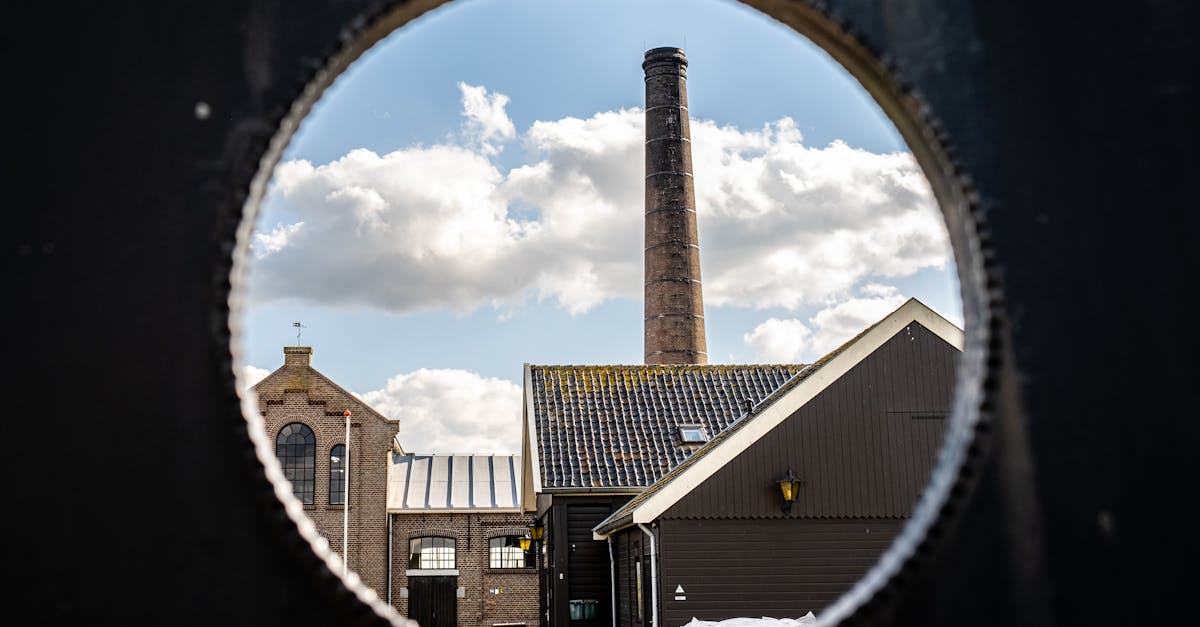Tile For Aluminum Roof Replacement NSW

Table Of Contents
Tile For Aluminum Roof Replacement NSW
In the ever-evolving landscape of roofing construction, the integration of innovative materials plays a crucial role in enhancing durability and aesthetic appeal. When considering roofing options, many homeowners and contractors in Sydney are turning to the advantages offered by tile and ceramic alternatives designed specifically for metal and aluminum roofing replacement. By exploring these options, one can appreciate how different Roofing Construction Methods Sydney can significantly impact the longevity and efficiency of a home’s structure.
As the demand for sustainable and resilient building practices grows, roofing construction methods sydney have adapted, focusing on materials that withstand harsh weather conditions while providing attractive finishes. Tile and ceramic roofing not only serve as excellent substitutes for traditional metal roofs but also contribute to improved energy efficiency. With the diverse climatic challenges faced by Sydney residents, selecting the right roofing material is essential for ensuring the comfort and safety of a home for years to come.
Pros of Changing to Tile Roofing to Steel
Changing to tile roofing for metal brings multiple pros for homeowners. One significant pro is longevity. Aluminum roofs are known for their ability to withstand harsh weather conditions, including heavy rain, snow, and strong winds. This robustness means into a longer lifespan compared to traditional tile options. Additionally, metal roofs are lightweight, making installation easier and more cost-effective for homeowners.
Another advantage of switching to metal roofing is energy efficiency. Metal roofs reflect sunlight, which can help reduce cooling costs during hot summers. Such reflective properties not only add to lower energy bills, and they also promote a more comfortable indoor environment. Additionally, many aluminum roofing options are designed to be environmentally friendly, making a more eco-conscious choice for homeowners looking to improve their home's performance.
Importance of Transitioning from Metal Roofing for New South Wales
Transitioning from aluminum roofs can be the notable choice in property owners of Sydney. The form of roofing provides enhanced longevity against harsh weather conditions, which is essential in the local climate. Additionally, aluminum roofs demand minimal maintenance, conserving homeowners time and money over the years.
An additional benefit of upgrading from aluminum roofing is their ability to save energy. Metal roofs bounce back heat effectively, which can assist in reducing cooling costs during the hot summer months in Sydney. In addition, metal roofs are sustainable, often made from recycled materials and being fully recyclable at the end of their lifespan. Such blend of benefits makes the choice to change to aluminum roofing a smart investment for property owners of New South Wales.
Frequent Challenges During Replacing Slate Roofing to Steel
Replacing ceramic roofing to metal can pose several issues for homeowners. An initial challenge is the load difference between ceramic and metal materials. Ceramic roofs are generally heavier, which may require adjustments to the existing roof structure to ensure it can support the new material. Moreover, the transition from a roofing type to the other often requires compliance with local building codes, which can add difficulties to the project.
Another typical problem involves the potential for leaks or gaps during the installation process. Steel roofs require precise fitting and sealing to prevent water infiltration, which can lead to issues down the line. Insufficient installation techniques may not only compromise the roof's integrity but also lead to higher maintenance costs. Alongside this, the shift in roofing style may also affect the home’s overall aesthetic, prompting residents to consider their choices carefully before proceeding.
How to Tackle Problems in Roof Transition
Upgrading a metal roof after a ceramic roof can present various issues. A primary concern is the structural integrity of the existing framework. Before commencing the installation, it is essential to inspect the condition of the underlying structure. Identifying weaknesses in the frame can lead to difficulties during the replacement process. Making necessary reinforcements can ensure a successful transition to the new roofing material.
An additional issue that may arise is in regard to the adaptation of the roof's aesthetic. Metallic roofs can differ greatly in design compared to tile roofs. Residents should consider how the new roof will blend with the overall architecture of their home. Careful planning and consultation with roofing professionals can help in selecting a style that complements the existing structure. This steps can considerably enhance both the efficiency and visual appeal of the home.
Exploring Fitting Steps for Slate to Aluminum Roofing Replacement
Switching a slate roof to metal often is one significant upgrade endeavor. This installation steps involves detailed organization and a right materials. Initially, a existing roof must be properly removed, which guarantees a strong base for a new metal roof.
Next, a installation of the replacement metal roof is able to begin. Such steps involves laying the metal panels across the ready framework. Accurate sealing and fastening are critical to confirm rain resistance and longevity. Finally, a concluding inspection is crucial to confirm all aspects remain fitted properly.
Detailed Guide of Roof Replacement Fitting
Replacing from ceramic roof to a metallic roof may appear intimidating at first. Nonetheless, by following a step-by-step guide, the process becomes easier. To start, it is essential to inspect the existing tile roof for any damage or vulnerabilities. Following that, carefully remove the tiles while making sure the underlying structure remains undamaged.
After the tiles are removed, installing the metal roofing requires proper preparation of the decking. The step involves placing a moisture barrier to protect the roof from water damage. Next, the metal panels can be fastened to the roof structure with the appropriate fasteners. In conclusion, it is imperative to ensure all seams are sealed properly to avoid leaks. Finishing the project involves a thorough inspection to ensure everything is set correctly.